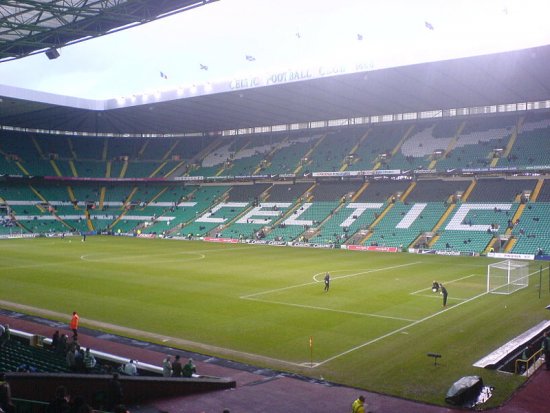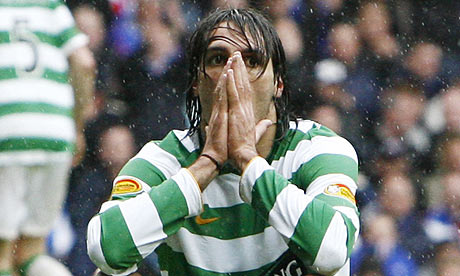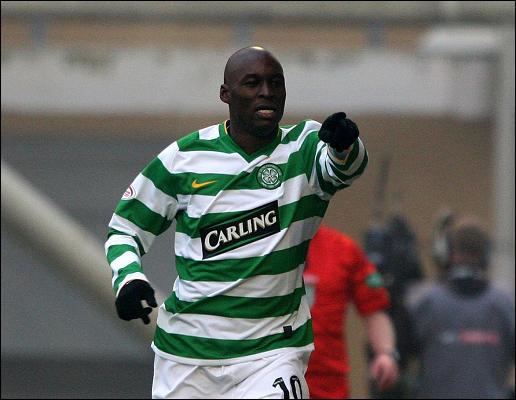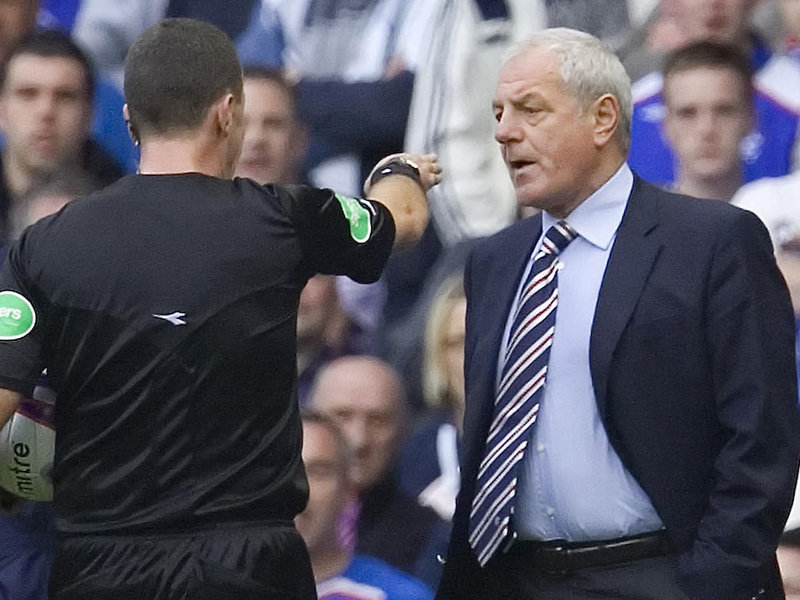Time For A Return Of The Sweeper
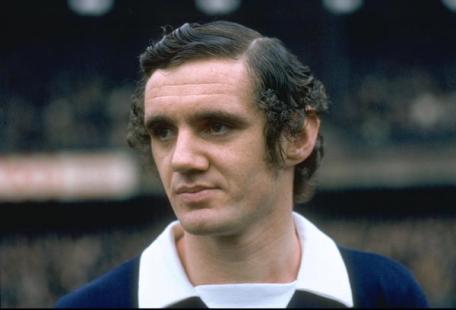
Unfortunately football tactics are rarely discussed or reviewed in any great detail in the British media, however The Guardian recently had and excellent piece written by Jonathan Wilson. He wrote in his excellent ‘The Question’ series about the possibility of the return of the sweeper to football. In the teams mentioned above, the sweeper (although we played more with three dedicated centre backs) prospered as the ’spare man’ in a three-man central defence up against a two-man attack, so now we have two-man central defences up against one-man attacks, should one centre-back not become a sweeper?
In the current set up of various varieties of 4-4-2, against a lone striker one of the centre-backs in theory has a license to attack. This has been the case at Arsenal this season, where William Gallas and Thomas Vermaelen often charge forward. It was also demonstrated in the first leg of the Bayern v Man Utd tie where centre-back Martin Demichelis stepped forward into the midfield and Alex Ferguson’s introduction of Berbatov was thought by some to be primarily to prevent the Argentine doing so.
But the reality is that it is suicidal to leave your defence equipped with just one centre-back particularly if the opposing striker is faster than him and able to move wide before outpacing his marker to the ball. Considering how popular one-striker formations are today, it is still extremely rare to see a centre-back constantly looking to power forward to bolster the midfield – it is simply too risky.
And so it is likely that the equivalent of a sweeper in future years will be a defensive midfielder dropping into the backline – with the centre-backs moving wide – rather than a centre-back pushing forward into the midfield. The advantages? It widens the active playing area at both ends of the pitch, making it easier to keep possession, and tougher for the opposition to cover the space. It also creates a difficult situation for the opposition in terms of picking up players.
There are two interesting modern examples of this in action – and tellingly, they involve the best club side in the world, and (possibly) the best international side in the world.
Barca have played a system for the past two seasons where the deepest midfield player (either Yaya Toure or Sergio Busquets) drops into the centre of defence, with the centre-backs, Gerard Pique and Carles Puyol, spreading into extremely wide positions whilst Barcelona are in possession, almost on the touchlines. This allows Dani Alves and Eric Abidal/Maxwell, the full-backs, to bomb forward without fear of leaving the defence completely exposed.
Similarly, Brazil’s shape sees Gilberto dropping into the defence (either in the centre of the two centre-backs, or to the right), allowing Maicon and Michel Bastos forward.
As we have seen throughout the last 4 years and especially this term with Fox, Naylor Braafied and Hinkle, the problem with attacking full-backs at the moment is that they are never completely free to attack, With a more reliable three-man defence, they can get to the opposition byline without leaving a huge hole at the back.
I have always liked a back three as it allows a team to keep a solid middle without compromising width. The main advantages can be summarized as:
a) It allows the full-backs freedom to join the attack knowing the defence is covered
b) It makes keeping possession in defence easier
c) It stretches the play high up the pitch
d) If the opposition are playing creative players in wide areas, the centre-backs will be in a position to pick them up immediately.
e) It results in a system with three central forwards, an obvious goal threat
f) The opposition will be confused about who to pick up in wide areas
So, in theory, this system should work extremely well against a two-man attack, although it might face similar problems as the traditional three-man defence against one-man/three-man attacks. But the difference comes because the traditional three-man defence is a completely different system to the traditional four-man defence, which necessitates a different way of defending, and most likely a different selection of players. These shifts, as shown here by Brazil and Barcelona, are more flexible, and happen within games, rather than them lining up specifically like this. The system doesn’t have to shift against one- or three-man attacks, and therefore is free to adapt into a three-man defence when required, and stay as a four-man defence when that is more appropriate.
So what qualities would this modern sweeper, or modern centre-half, need? They would have to be a good reader of the game, an excellent passer (especially over long distances), a decent tackler and competent in the air, so they were not targeted when up against a tall striker. In other words, exactly the same as the old-style sweeper, and it is no coincidence that many of the more prominent examples of sweepers – Sammer, Lothar Matthuas, Ruud Gullit – were central midfielders earlier in their career.
Of course, you also need certain types of players in other positions on the pitch. Your centre-backs must be good on the ball, your full-backs must have both pace and stamina, and your wide players must be comfortable drifting into the centre. For me the problem under Mogga was that he wanted our centre backs to play this way and wanted our full-backs bombing on like this. Unfortunately he didn’t give that extra player as protections and consequently our defence at times looked all at sea.
Do we have players currently at the club capable of playing this way. I don’t know. Perhaps Wilson demonstrated promise and many of us believe Crosas is the best passer and ball retention player in the squad. One thing is for sure, if Brazil use this system on their way to winning the World Cup, expect it to feature more and more across European football in the next few years.

